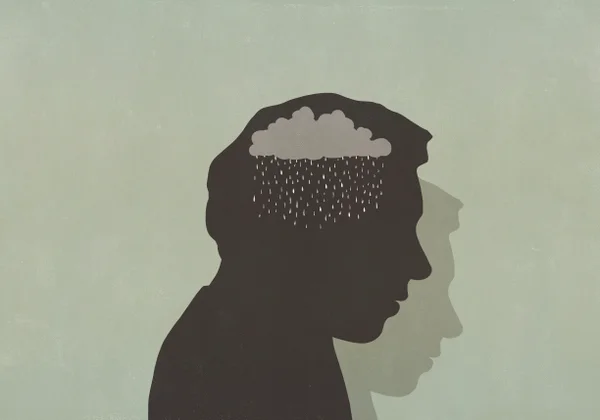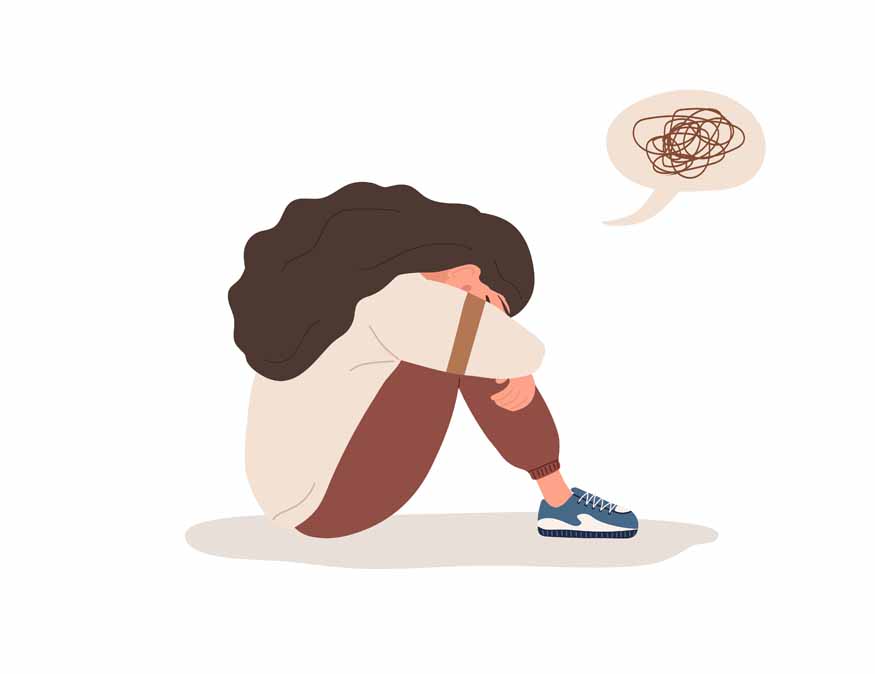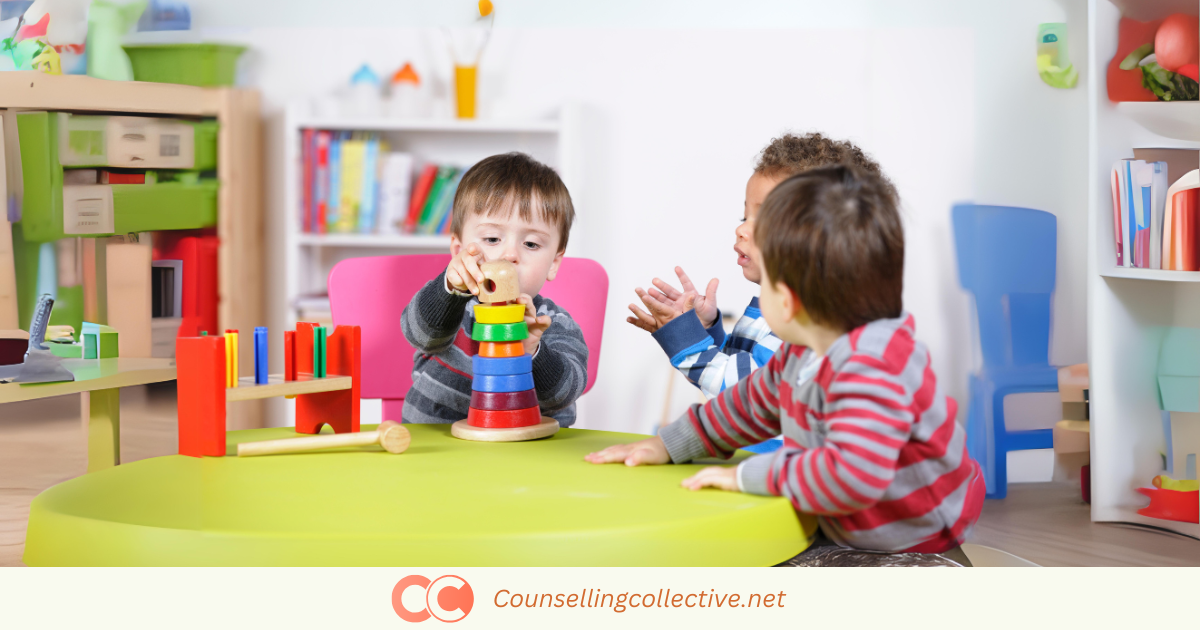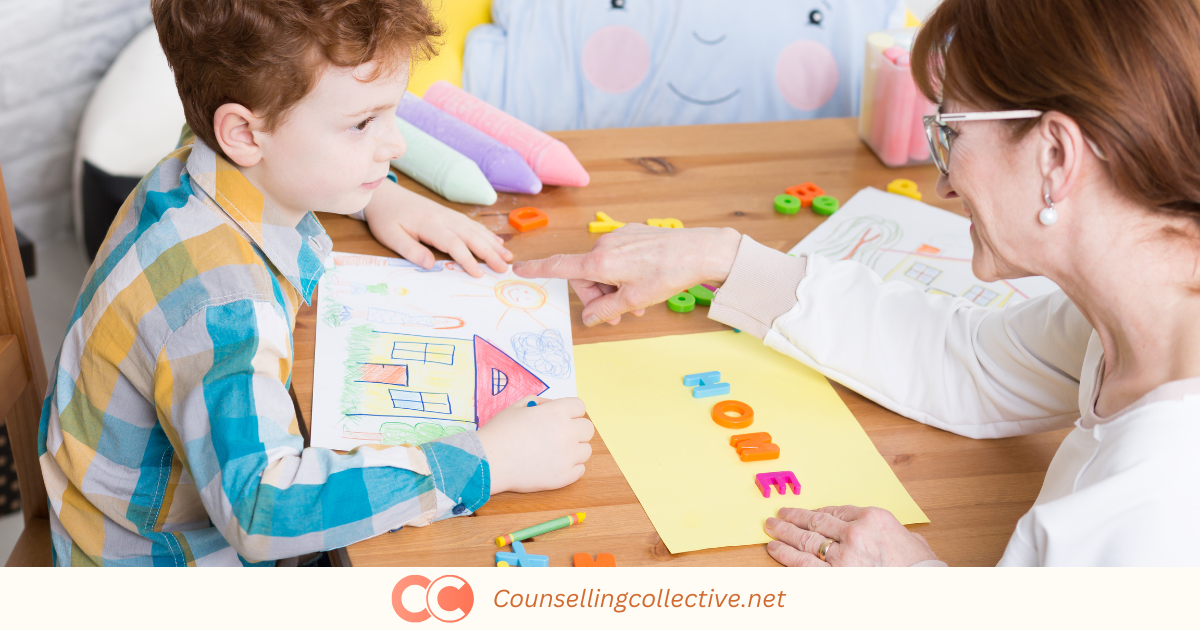Contents
Introduction

Object Relations Therapy: Techniques, Applications, and Effectiveness
Object Relations Therapy is a prominent approach within the psychodynamic tradition, focusing on the influence of early relationships on an individual’s psychological development. Rooted in the theories of psychoanalysts such as Melanie Klein and Donald Winnicott, Object Relations Therapy examines how internalized early relationships shape one’s sense of self and interpersonal dynamics. By exploring these early relational patterns, the therapy aims to address core emotional issues and promote psychological growth.
This article will provide an overview of Object Relations Therapy, highlighting its core principles, techniques, applications, and its effectiveness in treating various mental health conditions. We will also explore criticisms and limitations, demonstrating how Object Relations Therapy remains a valuable tool in contemporary psychotherapy.
What is Object Relations Therapy?
Object Relations Therapy is an extension of psychodynamic therapy, focusing on how early relationships with primary caregivers (referred to as “objects”) influence an individual’s emotional and psychological life. Unlike traditional psychoanalysis, which emphasizes the role of unconscious drives and internal conflicts, Object Relations Therapy centers on the ways in which early relational experiences shape one’s internal world and relational patterns. The therapy seeks to uncover and understand these early experiences to address current emotional struggles and improve interpersonal relationships.
Why Object Relations Therapy is Important?
Object Relations Therapy is crucial because it offers insights into how early relationships impact psychological development and behavior. By understanding the internalized patterns from these early experiences, clients can gain a deeper comprehension of their current emotional difficulties and relational issues. This approach provides a framework for addressing complex issues such as self-esteem, attachment styles, and interpersonal conflicts, facilitating personal growth and emotional healing.
Types of Object Relations Therapy Techniques
- Internalized Objects: Therapists help clients explore and understand how their early relationships with caregivers have shaped their internalized images of self and others. This exploration aims to reveal how these internalized objects influence current thoughts, emotions, and behaviors.
- Play Therapy: Influenced by Donald Winnicott’s work, play therapy is often used with children to explore their inner world through play. This technique helps reveal unconscious processes and relational patterns that may not be easily articulated through verbal communication.
- Transference and Countertransference: Object Relations Therapy, like other psychodynamic approaches, examines transference (the projection of feelings from past relationships onto the therapist) and countertransference (the therapist’s emotional responses to the client). Understanding these dynamics provides insights into unresolved relational issues.
- Therapeutic Relationship: The relationship between therapist and client is central to Object Relations Therapy. By analyzing the therapeutic relationship, clients can gain insight into their patterns of relating to others and how these patterns may be rooted in early relational experiences.
- Interpretation and Insight: Therapists offer interpretations of the client’s relational patterns and internalized objects, helping clients gain insight into how these patterns affect their current emotional state and relationships.
Understanding How Object Relations Therapy Works
Object Relations Therapy operates on the premise that early relationships with primary caregivers significantly impact an individual’s psychological development. By exploring and understanding these early relational experiences, clients can uncover how they influence their current emotional difficulties and interpersonal dynamics. The therapy emphasizes the importance of the therapeutic relationship in facilitating insight and promoting emotional change.
Our exploration of Object Relations Therapy will unfold in stages: starting with a summary of its fundamental concepts, moving on to a thorough review of its key therapeutic techniques, and ending with an analysis of its effectiveness in addressing different psychological issues.
Simple Overview
Object Relations Therapy is based on the concept that our early relationships with caregivers and significant others profoundly influence our psychological development and interpersonal relationships. The theory posits that internal representations of these early relationships—how we perceive and relate to these “objects”—affect our current emotional and relational patterns. The therapy seeks to uncover and modify these internalized patterns to improve emotional functioning and interpersonal relationships.
Real-Life Example: Imagine someone who, due to a neglectful childhood, struggles with forming secure relationships in adulthood. They may have internalized a belief that people cannot be trusted and might experience difficulty in maintaining stable relationships. Object Relations Therapy would involve exploring these early experiences and how they have shaped current relational patterns, helping the individual understand and alter these maladaptive beliefs and behaviors.
Critical Concepts
- Internal Objects: Internal objects are the mental representations of significant people from one’s early life, such as parents or primary caregivers. These internalized images and experiences influence how individuals perceive and interact with others. For example, if a person internalizes a caregiver as rejecting or unavailable, they may struggle with feelings of worthlessness or mistrust in relationships.
- Object Relations Patterns: These are recurring patterns of interaction and relationship dynamics that stem from early experiences with primary caregivers. Patterns such as dependency, aggression, or idealization can emerge from these early object relations and affect how individuals relate to others throughout their lives. Object Relations Therapy aims to identify and address these patterns to foster healthier relational dynamics.
- Transference and Countertransference: In therapy, transference refers to the projection of feelings and expectations related to early object relations onto the therapist. Countertransference involves the therapist’s emotional responses to the client’s projections. Understanding and working through these dynamics is crucial for revealing and resolving underlying issues related to early object relations.
Detailed Assessment
- Theoretical Foundations: The theoretical underpinnings of Object Relations Therapy are rooted in the work of early psychoanalysts. Melanie Klein, for example, introduced concepts such as the paranoid-schizoid and depressive positions, which describe early emotional states and their impact on later relationships.
- Modification of Internal Object Relations: The therapy aims to modify maladaptive internal object representations and relational patterns. This process involves helping individuals develop healthier ways of perceiving and interacting with others, based on a more accurate and supportive understanding of their early experiences.
- Empirical Evidence and Critique: Object Relations Therapy has been supported by various studies highlighting its effectiveness in addressing issues related to personality disorders, relational difficulties, and emotional regulation. However, some critics argue that the therapy’s focus on early relationships may not fully address all psychological challenges or be applicable to every individual.
Difference between Object Relations Theory & Therapy
| Aspect | Object Relations Theory | Object Relations Therapy |
| Definition | A psychoanalytic theory that focuses on the internalized relationships that people form with others (objects). | A form of psychotherapy based on Object Relations Theory, emphasizing the therapeutic relationship. |
| Focus | Understanding how early relationships, especially with primary caregivers, shape one’s psyche and relational patterns. | Helping clients understand and modify maladaptive internalized object relations. |
| Key Concepts | Internal objects, object constancy, splitting, projection, introjection, and identification. | Transference, countertransference, and the therapeutic relationship as a space for change. |
| Goal | To explain how early experiences affect personality development and interpersonal relationships. | To help clients achieve greater insight into their relational patterns and develop healthier relationships. |
| Key Figures | Melanie Klein, Donald Winnicott, Ronald Fairbairn, and Otto Kernberg. | James Masterson, Jill Savege Scharff, and David Scharff (among others, who integrated the theory into therapy). |
| Therapeutic Relationship | The theory informs how early object relations affect the therapeutic relationship. | The therapeutic relationship is central; it is used as a microcosm to explore and heal relational dynamics. |
| Techniques | N/A (theory itself does not have techniques). | Use of interpretation, containment, empathic attunement, and exploration of transference. |
Notable Figures in Object Relations Therapy

- Melanie Klein: Her work on object relations theory emphasized the importance of early internalized relationships and their impact on psychological development.
- Donald Winnicott: Known for his concepts of the “true self“ and “false self,” as well as play therapy, which are integral to understanding early relational dynamics.
- Harry Guntrip: Contributed to the development of Object Relations Theory with his focus on the impact of early relationships on personality and self-concept.
- John Bowlby: Although primarily known for his work on attachment theory, Bowlby’s ideas have influenced Object Relations Therapy by highlighting the significance of early attachment relationships.
Applications of Object Relations Therapy in Treating Mental Health Disorders

Depression
Object Relations Therapy can help individuals with depression by exploring how early relational experiences contribute to feelings of worthlessness and self-criticism.
Example: A client with depression might uncover that their feelings of inadequacy are linked to early experiences of neglect or criticism from caregivers.
Image Source: Malte Mueller Getty Images

Anxiety Disorders
The therapy helps individuals with anxiety disorders by addressing underlying relational patterns and internalized objects that contribute to anxiety.
Example: A person with social anxiety may explore how early experiences of rejection or inadequacy influence their current fears and avoidance behaviors.
Image Source: eurokidsindia.com/

Personality Disorders
Object Relations Therapy is effective in treating personality disorders by examining the impact of early relational experiences on personality development and relational patterns.
Example: For someone with Borderline Personality Disorder, the therapy might focus on understanding how early experiences of instability and abandonment contribute to current emotional dysregulation.
Image Source: amenclinics.com
Common Myths About Object Relations Therapy
| Myth | Reality |
| Object Relations Therapy is only for treating children. | While it heavily emphasizes childhood experiences, it also addresses how these experiences affect current relationships and behaviors. |
| Object Relations Therapy is outdated. | ORT is rooted in the work of psychoanalysts like Melanie Klein, Donald Winnicott, and others, but it has evolved and integrated with contemporary psychological theories. It remains relevant by incorporating insights from modern research and practices. |
| It focuses solely on the past. | While ORT explores early relationships to understand their influence on current issues, it does not well exclusively on the past. Therapists use insights from past experiences to inform strategies for improving present relationships and coping mechanisms. |
| The therapist will only focus on your parents. | ORT does place significant emphasis on early parental relationships, as these are crucial in shaping one’s inner world. However, therapists also consider other significant relationships and social contexts that contribute to the individual’s current relational patterns. |
Criticisms and Limitations
- Complexity of Concepts: The abstract nature of core concepts like internalized objects, projective identification, and transference can be intellectually challenging for some clients to understand. This complexity may lead to difficulties in applying these ideas to everyday experiences, particularly for those unfamiliar with psychoanalytic terminology or theories.
- Empirical Evidence: Although research supporting Object Relations Therapy is growing, it still may not be as robust or extensive as the empirical evidence for more structured approaches like Cognitive Behavioral Therapy (CBT). This lack of a solid evidence base can make it less appealing to practitioners and clients who prioritize evidence-based treatments with clear, measurable outcomes.
- Therapeutic Intensity: Object Relations Therapy often involves delving deeply into a person’s early attachment experiences, unconscious processes, and relational patterns, which can make the therapy process emotionally intense and time-consuming. This depth-oriented approach may not be suitable for clients who are looking for brief, solution-focused, or symptom-relief therapies, or for those who are not prepared for intensive self-exploration.
Conclusion
Object Relations Therapy offers a profound approach to understanding and addressing the impact of early relational experiences on psychological development and interpersonal dynamics. By exploring internalized objects and relational patterns, this therapy helps clients gain insight into their emotional difficulties and relational issues, facilitating personal growth and healing. Despite some criticisms and limitations, Object Relations Therapy remains a valuable tool for those seeking to explore the roots of their psychological struggles and improve their relational patterns.
References
- Bowlby, J. (1982). Attachment and loss: Volume 1. Attachment. Basic Books.
- Freud, S. (1917). Introductory lectures on psychoanalysis. Standard Edition, Vol. 15. Hogarth Press.
- Freud, S. (1923). The ego and the id. Standard Edition, Vol. 19. Hogarth Press.
- Guntrip, H. (1969). * schizoid phenomena, object relations, and the self*. International Universities Press.
- Klein, M. (1932). The psycho-analysis of children. Hogarth Press.
- McWilliams, N. (2011). Psychoanalytic diagnosis: Understanding personality structure in the clinical process. Guilford Press.
- Mitchell, S. A., & Black, M. J. (1995). Freud and beyond: A history of modern psychoanalytic thought. Basic Books.
- Rinsley, D. B. (1997). The role of transference and countertransference in object relations theory. Journal of Psychotherapy Integration, 7(2), 140-154.
- Winnicott, D. W. (1965). The maturational processes and the facilitating environment: Studies in the theory of emotional development. International Universities Press.
- Winnicott, D. W. (1971). Playing and reality. Routledge.
- Racker, H. (1968). Transference and countertransference. International Universities Press.
Explore more Theories & Therapies








